The Himba

The Himba are actually descendants of a group of Herero herders who fled into the remote north-west of Namibia after being displaced by the Nama.
They are indigenous people with an estimate population of about 20 000 to 50 000 people living in northern Namibia in the Kunene region (formely Kaokoland) and on the other side of the Kunene River in Angola.
The Himba Village at Toko Lodge
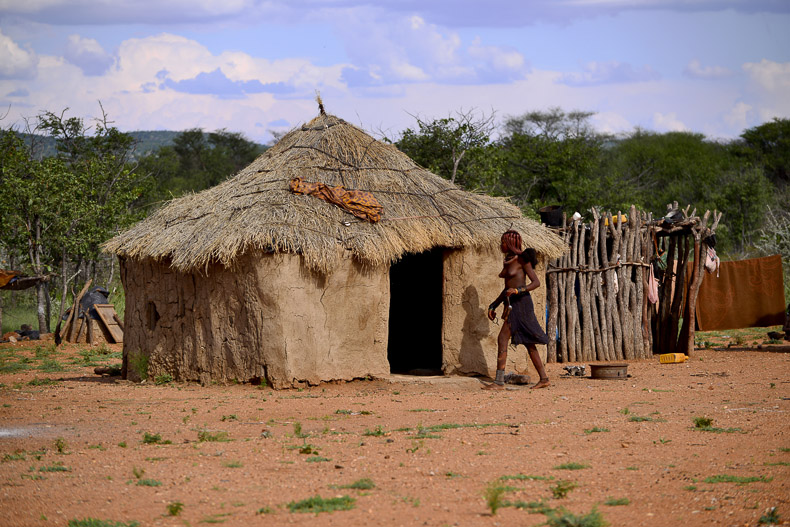
In the past, visitors to Namibia would have to travel to the far north of Namibia to see Himbas or visit an authentic village but Toko Lodge (situated between Kamanjab and Etosha’s Galton Gate) has now established the new Katenda Himba Village just a few hundred meters from the lodge.
The word Katenda means "Gold" in the native language and Jürgen Göthje, owner of Toko Lodge, was given the name Katenda by the tribe because of the piece of gold in his tooth.
During this village tour you'll meet the people in a very informal, easygoing way. The nomadic cattle herders, the Ovahimba people or 'Himbas', will show you around their village - a collection of huts made of branches, mud and cow dung.
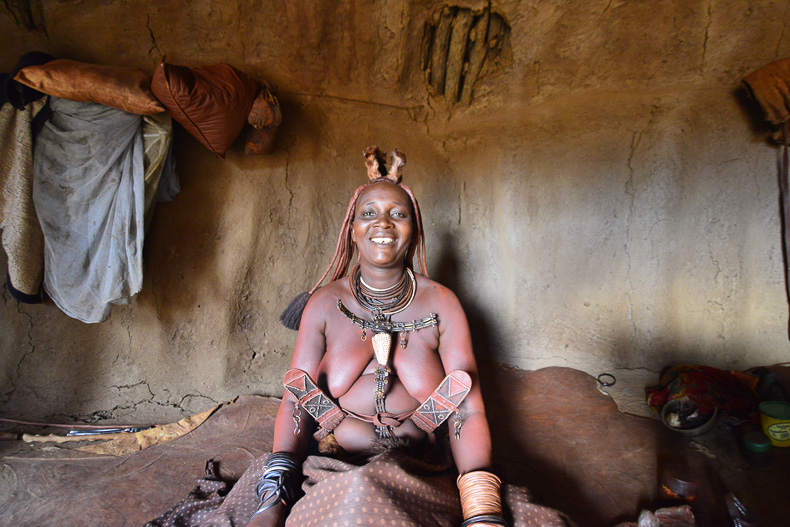
|
"Your time and money are valuable & the information in this book will help you save both." -Don Stilton, Florida, USA "I highly recommend the book to anyone visiting Etosha National Park to photograph the animals - Anne Darling, Cognac, France "Overall it is a great book that I highly recommend." - Lovelyn Bettison, London, UK "If you’ll soon be boarding a plane and heading off to Namibia, don’t leave home without this eBook!" |
Himbas are a striking people to look at. The women are topless and wear mini-skirts made of goat skins adorned with shells and jewelry made of iron and copper.
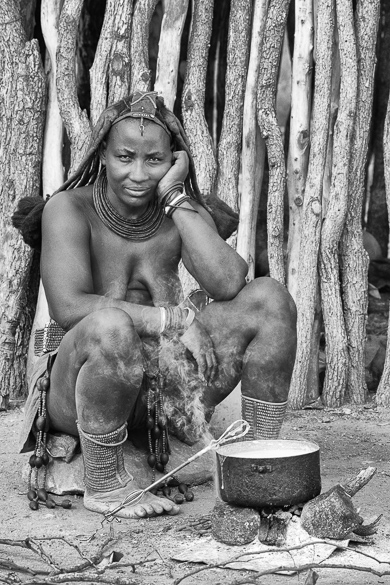 |
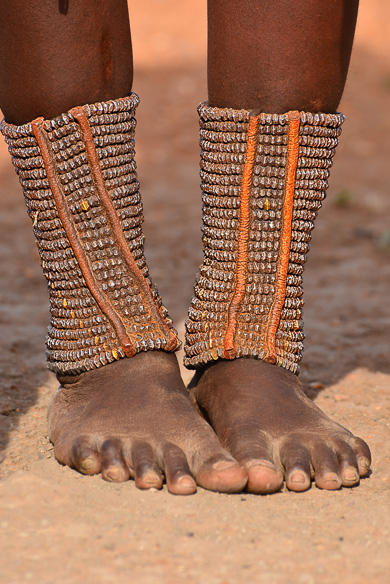 |
The men wear goatskin loin cloths. Both men and women smear their skin with a mixture of rancid butter, ash and ochre to protect them from the harsh desert climate as do the children.
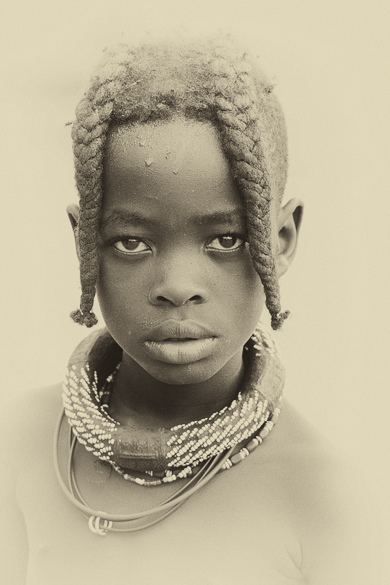 |
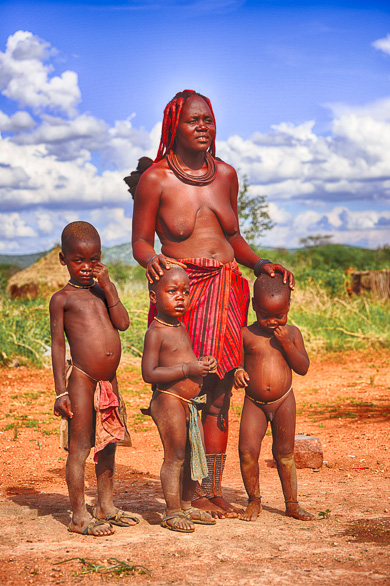 |
The paste (Otjize) is often mixed with the aromatic resin of the Omuzumba shrub – this can be likened to adding perfume to a suntan lotion! As well as protection from the sun, the deep red colour is a highly desirable look in their culture.
It is certainly eye-catching and very beautiful. Himba women use the same paste (Otjize) in their hair which is long and plaited into intricate designs.
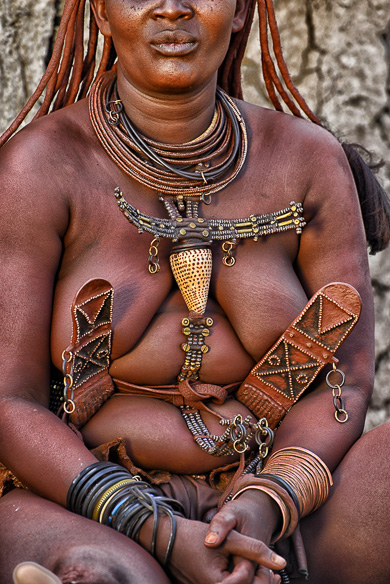 |
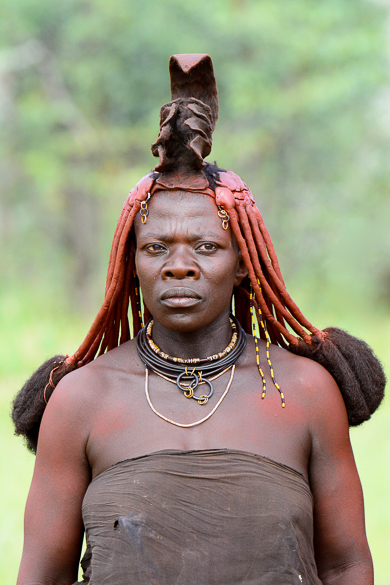 |
The jewelry worn by Himba women is made of shells and metals and the women in particular, wear plenty of it. For the most part, the modern world hasn't yet intruded on their traditional way of life which is why (ironically) more and more tourists are keen to visit authentic Himba villages.
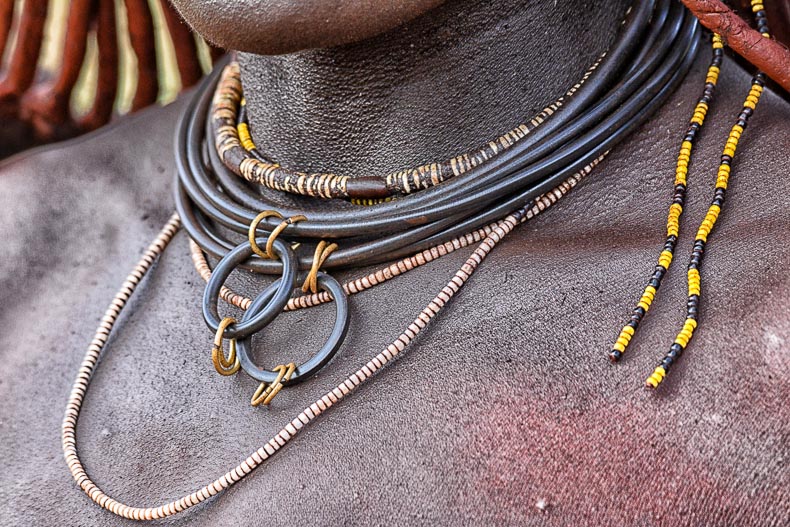
At the end of the tour all the ladies will display their trinkets for you to look at and buy.
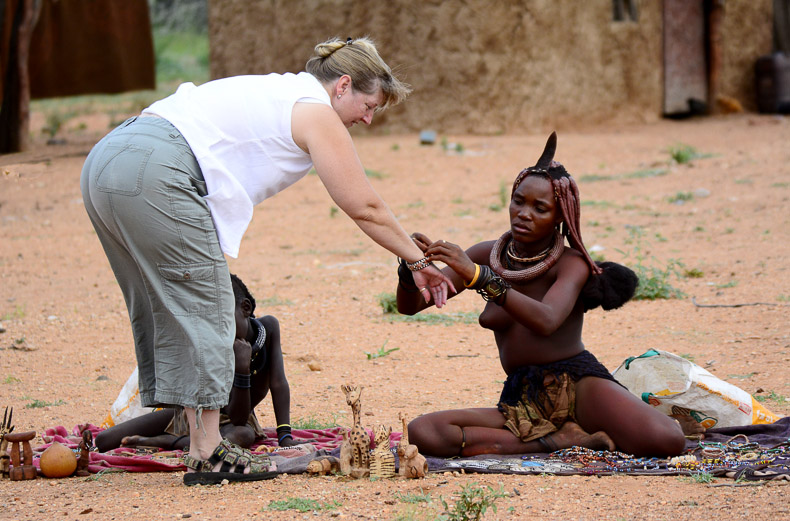
The Himbas have managed to hold onto their traditions but have also adapted to outside influences in their own way and Toko Lodge has simply created an opportunity to show and share this fascinating life with you.
Return from The Himba to Etosha page
Return from Himba to Toko Lodge page
To make a safari rental booking in South Africa, Botswana or Namibia click here
"It's 768 pages of the most amazing information. It consists of, well, everything really. Photography info...area info...hidden roads..special places....what they have seen almost road by road. Where to stay just outside the Park...camp information. It takes quite a lot to impress me but I really feel that this book, which was 7 years in the making, is exceptional." - Janey Coetzee, founder of CAROK (Camps and Roads of Kruger) South Africa
"Having a passion for the region itself and having to know about all dynamics, water holes and ideal roads for a period of 6 years - I wish I had this guide on my first trip already!" - Morkel Erasmus, Secunda, South Africa
"Mario and Jenny take you to places that are not always visited, and their descriptions of the more remote camps will allow you to make an informed decision without wasting time and money" - Bob & Sherry Shepardson, DeBary, Florida, USA
"Your time and money are valuable and the information in this book will help you save both." - Don Stilton, Florida, USA
"I highly recommend the book to anyone visiting Etosha National Park to photograph the animals - or anyone considering an African photography safari in the future." - Anne Darling, Cognac, France
"As a photographer and someone who has visited and taken photographs in the Pilanesberg National Park, I can safely say that with the knowledge gained from this eBook, your experiences and photographs will be much more memorable." - Alastair Stewart, BC, Canada
"This work is so much more than an eBook, because it is also a guide, a tutorial, an inspiration and a must-have for anyone interested in wildlife photography" - Findtripinfo.com, USA
Photo Safaris on a Private Vehicle - just You, the guide & the animals!
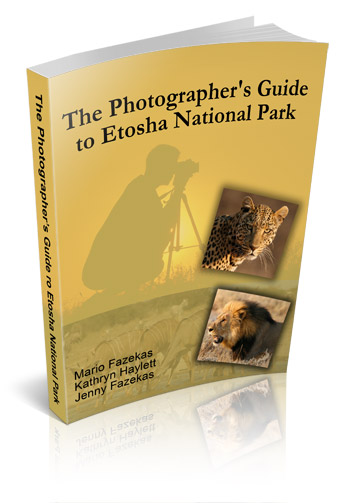









New! Comments
Have your say about what you just read! Please leave us a comment in the box below.